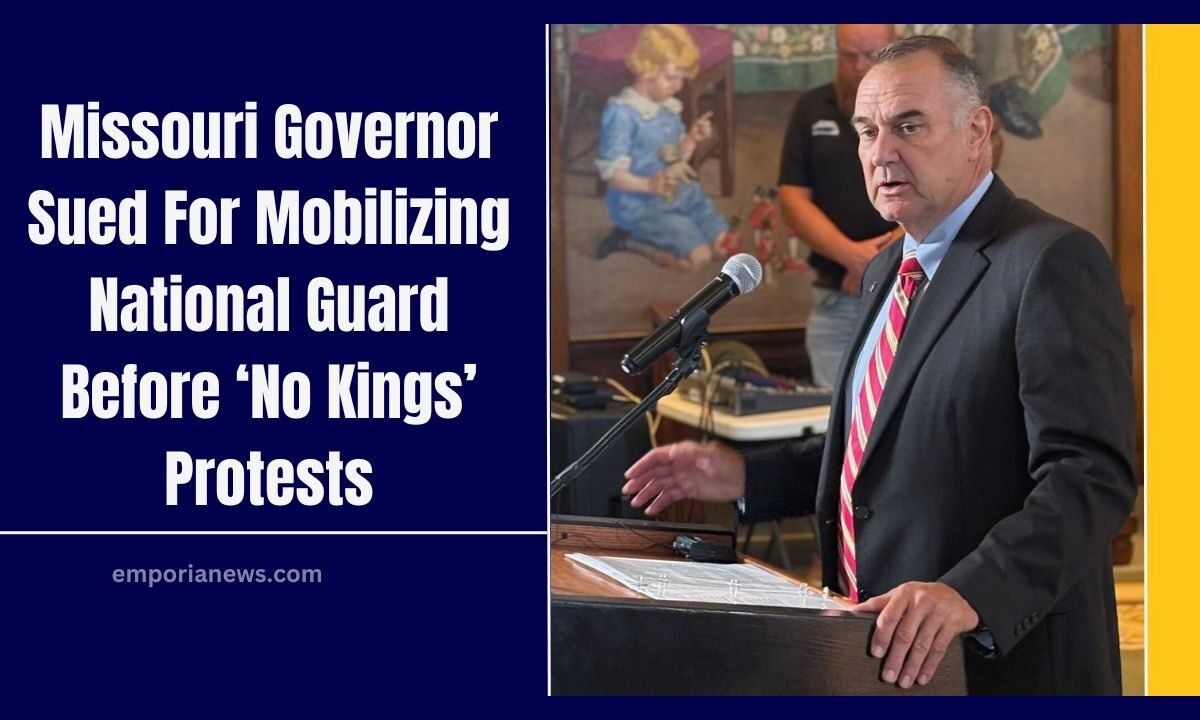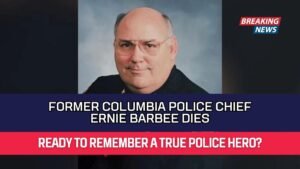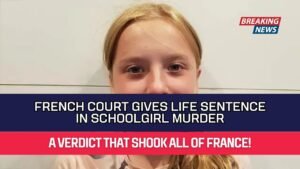A major legal challenge has emerged in Missouri as Governor Mike Kehoe faces a lawsuit over his decision to activate the National Guard ahead of the “No Kings” protests.
The lawsuit, filed by Lucas Cierpiot, a disability-rights activist and the son of a state senator, alleges that the governor’s actions violated his First Amendment rights and discriminated against him based on his vision impairment.
The preemptive emergency order, issued just days before statewide protests, has sparked controversy over whether it was an act of caution or a deliberate attempt to suppress dissent.
The Lawsuit and Plaintiff’s Claims
The plaintiff, Lucas Cierpiot, argues that the governor’s declaration of a state of emergency two days before the June protests made him feel too unsafe to attend.
He claims the order infringed on his rights to free speech, free assembly, and association, which are protected under the Constitution.
Cierpiot also contends the decision discriminated against him as someone legally blind in one eye, since crowd-control measures such as tear gas, rubber bullets, and pepper spray could cause permanent damage to his remaining vision.
He describes the order as a “false emergency” given that no violent protests were occurring in Missouri at the time.
The Governor’s Emergency Order
Governor Kehoe signed Executive Order 25-25 on June 12, just days before the scheduled “No Kings” protests. The order activated the Missouri National Guard as a precautionary measure to prepare for possible unrest.
In a statement, Kehoe emphasized his support for the right to peaceful protest while stressing that violence or lawlessness would not be tolerated. However, critics argue the order created unnecessary fear, deterring some citizens from exercising their rights.
Protests Across Missouri
On June 14, thousands of protesters gathered in cities and towns across the state, including large crowds at the Missouri State Capitol in Jefferson City.
Demonstrations were part of nationwide protests against the Trump administration’s policies, coinciding with the former president’s military parade in Washington, D.C.
The Missouri protests were peaceful, with no major incidents reported. Despite fears of escalation, the demonstrations concluded without violence, raising further questions about the necessity of activating the Guard.
Criticism and Political Reactions
The emergency order drew widespread criticism. Civil rights advocates described it as an unnecessary provocation that risked escalating tensions rather than preventing them.
Members of the opposition in the state legislature argued that the decision was a blatant attempt to intimidate and suppress First Amendment rights.
The controversy deepened when it was revealed that Governor Kehoe left the country on a trade mission to Europe the day after issuing the order, leaving Missouri under a state of emergency in his absence.
Personal Impact on Lucas Cierpiot
Cierpiot, who has a long history of advocating for the civil and constitutional rights of people with visual impairments, says the governor’s actions directly prevented him from joining the demonstrations.
He insists that he feared not the protests themselves, but the potential for military or police response that could jeopardize his safety.
In his lawsuit, he highlights how non-lethal weapons such as rubber bullets or chemical irritants can pose a serious threat to those with low vision, making the decision to activate the Guard especially harmful to people with disabilities.
Broader Context
The lawsuit underscores the ongoing national debate over the balance between public safety and civil liberties.
Similar disputes have emerged in other states where preemptive emergency measures have been criticized as efforts to discourage peaceful assembly.
For Missouri, the case carries added weight because it involves the Governor’s executive powers and the rights of disabled individuals to safely participate in protests.
The legal challenge could set an important precedent on how far state leaders can go in restricting or preparing for public demonstrations.
Summary : Key Facts of the Case
| Aspect | Details |
|---|---|
| Plaintiff | Lucas Cierpiot, disability-rights activist, legally blind in one eye |
| Defendant | Governor Mike Kehoe |
| Executive Order | EO 25-25, activated Missouri National Guard on June 12 |
| Protest Date | June 14, “No Kings” demonstrations across Missouri |
| Protest Outcome | Thousands attended, all protests were peaceful |
| Claims in Lawsuit | Violations of free speech, assembly, association; disability discrimination |
| Safety Concerns Raised | Risk of vision loss from tear gas, rubber bullets, pepper spray |
| Political Response | Critics called order intimidation and suppression of dissent |
| Governor’s Action | Left for Europe on trade mission during declared state of emergency |
The lawsuit against Governor Mike Kehoe shines a spotlight on the tension between executive authority and the constitutional right to protest.
While the state maintains the order was a precaution, critics argue it represented a deliberate attempt to chill public dissent. For Lucas Cierpiot, the decision had personal consequences, silencing his voice in a moment when he sought to stand alongside others.
As the legal process unfolds, Missouri may soon find itself at the center of a critical debate over civil liberties, disability rights, and the proper limits of emergency powers.
The case will not only impact state politics but could also shape national discussions on protest rights and government accountability.




